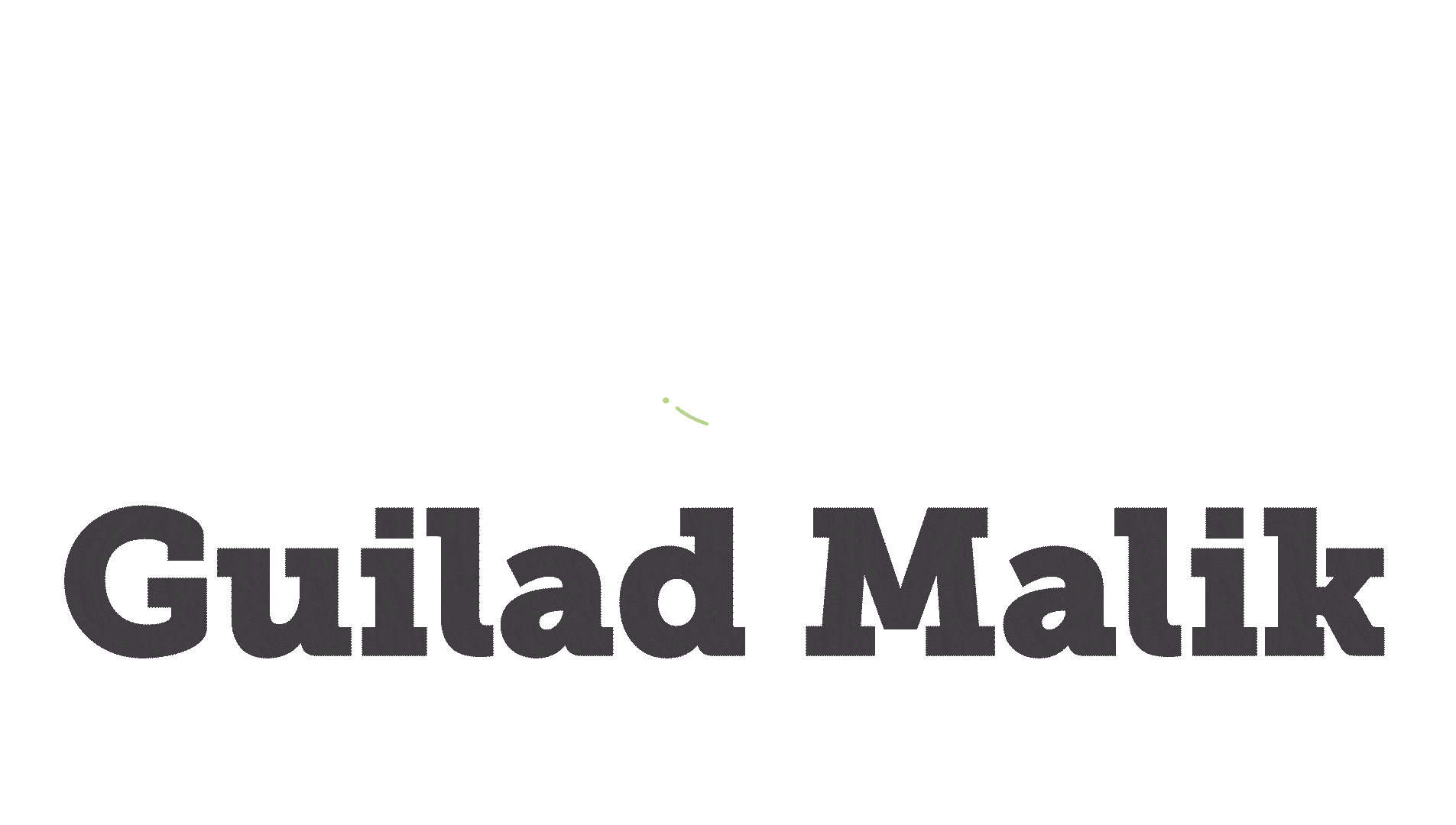First and foremost, credit for initiating this project goes to Vitaly Mijiritsky and the wonderful individuals in the Facebook group 'startup designers.' They recognized the need for UX/UI juniors to gain experience with complex systems to showcase their skills effectively. I am incredibly grateful for this opportunity and extend my heartfelt appreciation to them.
The task was to develop a B2B SaaS web application catering to all stakeholders involved in the employee recruitment process within a company. This application was designed to accommodate three types of users: HR personnel, candidates, and department managers. Conducting UX research for this project proved to be particularly challenging due to the breadth of fields it encompasses.
To begin, I focused on data collection. This involved posing questions such as: What features do HR professionals perceive as lacking in their current software solutions? How do they monitor the progress of each candidate throughout the recruitment process? What is the level of communication between different management levels and HR? And what criteria do they use to prioritize various data points?
Given my individual status and limited resources compared to a company, I opted to gather insights from professionals' feedback on competing software solutions. I utilized the platform https://www.capterra.com/ to access user comments on the top 10 HR software solutions currently in use. In total, I analyzed 552 comments, which served as the foundation for my UX dataflow.
From these comments, I gleaned valuable insights that led me to introduce additional components to my app beyond the original scope. For instance, I recognized the importance of enabling users to upload videos and the critical role of CV parsing in the recruitment process. Furthermore, I gained a deeper understanding of which aspects of the process held greater significance and which were of lesser importance."
Having both the dataflow and the recruitment process outlined in the brief proved invaluable for shaping my understanding of each user's journey. It enabled me to formulate 'How Might We' (HMW) questions, such as 'How can we ensure clarity in presenting complex data?' and 'How can we facilitate seamless communication between HR and management?'
As I delved deeper into these questions, I realized that many processes could occur concurrently. For instance, a manager could input a decision regarding a candidate's application status, prompting the software to automatically send an email notification to the candidate. Similarly, the manager could schedule a follow-up meeting with the candidate, and the software could handle the email communication accordingly.
Throughout the entire process, managers and HR personnel are tasked with making decisive yes or no judgments on candidates, either collaboratively or independently. To streamline this process for all users involved, I implemented a pre-defined stage system within the app. At each stage, candidates are presented with a simple and straightforward option for managers/HR personnel to indicate whether they have successfully completed the stage (yes) or are not suitable for the position (no). This decision-making interface remains on the same page, ensuring efficiency.
Importantly, the feedback provided to candidates based on these yes or no decisions is visible only to managers/HR personnel, not the candidates themselves. However, candidates can track their personal recruitment progress on a separate page, offering transparency and clarity throughout the process.




In configuring the app, managers/HR personnel are required to input a substantial amount of information at the outset of the recruitment process. This can pose a challenge, particularly for new users unfamiliar with the app's requirements.
To address this issue, I implemented two solutions. Firstly, I incorporated green explanatory boxes at specific points within the interface to guide users through the position creation process. These boxes provide helpful tips and instructions for users as they navigate the app. Additionally, I differentiated the visual appearance of various options within the stages of position creation to enhance clarity and facilitate ease of use.
After conducting my research and determining the necessary additions and changes, I developed a wireframe that reflects the anticipated appearance of the app.
As this is a summary of my process, I haven't included all of the research and challenges encountered. Nevertheless, I have thoroughly enjoyed the learning experience and growth achieved throughout this project.
